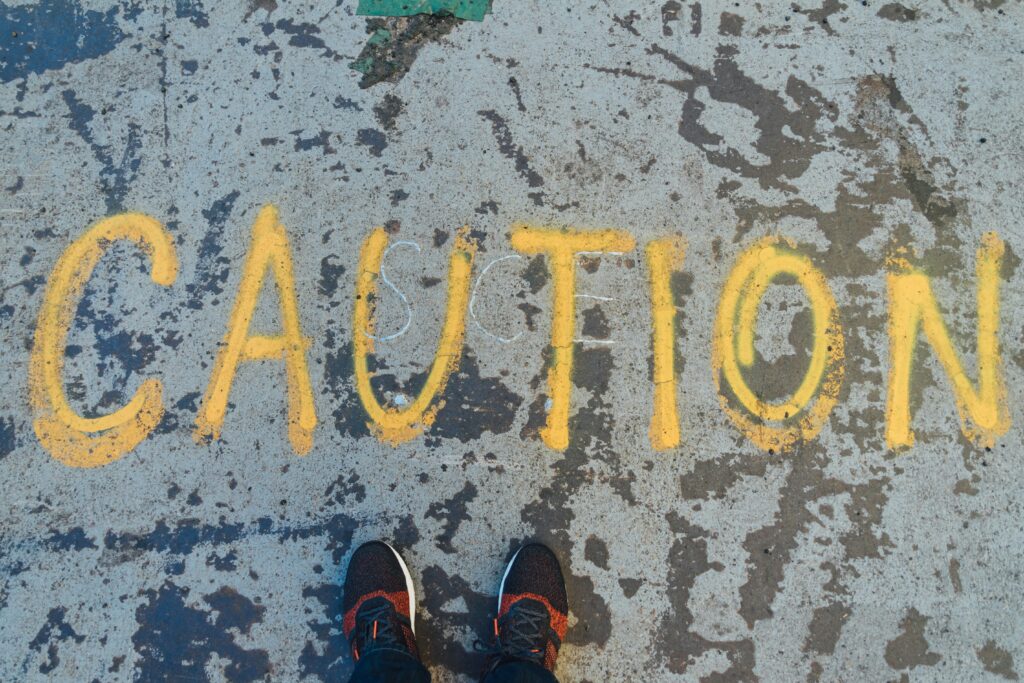
We often hear that curiosity and empathy are essential in bridging divides. In fact, I talked about just that in my last blog post. But what happens when the divide includes toxicity? When someone’s actions aren’t just different from ours but harmful?
It’s crucial to recognize the nuance in human relationships. Yes, we can strive to connect on common ground, but not all disagreements are benign. Some are weaponized, wielded to manipulate, harm, or undermine. In such cases, insatiable curiosity alone isn’t enough. We need discernment.
Consider relationships where toxicity is present — a boss who belittles, a family member who gaslights, or a leader whose policies strip away fundamental rights. In these situations, the instinct to protect ourselves isn’t just reptilian; it’s necessary. The challenge is differentiating between someone who simply disagrees with us and someone whose intentions or actions pose real harm.
And we need to realize we aren’t wholly objective. As Anaïs Nin says, “We don’t see things as they are, we see them as we are.” We need to recognize sometimes that just because we see certain things, feel certain ways, and interpret certain behaviors as we do, that doesn’t mean we are accurate. We filter our experiences through our past and are often, as they say, unreliable narrators. That’s what makes this so difficult. Yes, we need to protect ourselves from real harm. And we need to be aware of ourselves enough to know when we are experiencing danger versus the ghosts of our past or the voices in our head.
So how do we balance curiosity with self-protection? By asking the right questions:
- Is this person a threat, or do they simply see the world differently?
- Are their actions harmful, or am I responding from a place of fear?
- Can I engage with this person without sacrificing my boundaries or well-being?
- Do I feel physically trapped in the moment, or am I in a safe place?
- Is this a conversation better had with others present?
This isn’t easy. Relationships aren’t binary. They exist in shades of gray, where connection and caution often coexist. But when we learn to recognize the difference between genuine disagreement and toxic behavior — between the Truth of the circumstances and interpretations thereof informed by our past — we reclaim our power.
Curiosity opens doors, but discernment ensures we walk through the right ones. Let’s be both curious and cautious — embracing common ground while honoring the boundaries that keep us safe.
Photo by Goh Rhy Yan on Unsplash
